What’s new this week in lithium-ion battery technology? May 01 2015, 1 Comment
Story 1: New insight into lithium-ion battery explosions.
If you watched the video above, you may wonder why the batteries are rotating. This is much like cooking some good barbecue ribs, the circumference of the battery needs an even distribution of heat.
A team at the University of College London published a paper in Nature titled “In-operando high-speed tomography of lithium-ion batteries during thermal runaway” to better understand what happens inside and outside a battery when it overheats, explodes, and potentially causes a thermal runaway event.

Thermal runaway events are a big problem for the safety and mass-market acceptance of li-ion cells. Thermal runaway describes an uncontrollable feedback loop where an increase in reaction rate leads to more heat, which leads to an exothermic reaction, leading to a further increase in heat. This continues until finally the heat is lost in a fire, explosion, or the venting of dangerous chemicals. The temperature that may trigger a thermal runaway event is between 90 °C and 120 °C.
Furthermore, it creates the possibility of adjacent cells also initiating and perpetuating the event. This is particularly a problem on airlines, where tens of thousands of these cells are packed tightly together. Flight fire extinguishing systems are not strong enough to cope with a lithium-type fire, thus leading many to suspect thermal runaway events in lithium-ion battery fires have caused some of the world’s most notable modern air crashes. United, Delta, American, and others restricted bulk shipments of these cells on cargo flights last Christmas for this very reason.
The paper uses high-speed synchrotron X-ray computed tomography (CT scan) and radiography along with thermal imaging to track the evolution of internal and external structural changes throughout the thermal runaway event in li-ion batteries. In x-ray tomography a synchrotron is a particle accelerator which guides a magnetic field and is synchronized (hence the name) to a particle beam. You may have never heard of it, but it’s used in everything from geology, to life-sciences, to medicine. The largest synchrotron-type accelerator is - yes you may have guessed it - the Large Hadron Collider built by CERN.
This synchrotron allows the scientists to create a highly detailed image using X-rays as a penetrating wave. The X-rays are processed by a computer, and the resulting tomographic reconstruction provides a 3D model of the internal structure of the battery as it undergoes a thermal runaway event. This allows us to see inside the battery without cutting it open.

The researchers used the LG 18650 NMC type commodity cells to do their testing. What they found was a certain gas-induced degradation of the internal structure caused short-circuiting, leading to the thermal runaway. In layman terms, they saw gas pockets inside the battery. These pockets allowed the positive and negative electrodes to touch and short-circuit which helps create even more gas pockets. The author’s believe that by first identifying and understanding the problem, they can apply the knowledge to finding a solution - which is very agreeable and desirable for anyone working with battery technology.
In their experiment they found the thermal runaway even did not start until the shell reached 230 °C. There thermal imaging camera only goes up to 250, so the moment of explosion is too hot to see, however they are still very interesting videos.
If you would like to watch them, simply download them here. To read the full paper and read the authors conclusions follow this link.
Movies
- Supplementary Movie 1 (28,015 KB)
- Thermal imaging. Real-time thermal imaging video of Cell 1 during thermal abuse.
- Supplementary Movie 2 (25,793 KB)
- Thermal imaging. Real-time thermal imaging video of Cell 2 during thermal abuse.
- Supplementary Movie 3 (7,547 KB)
- Structural evolution of the contents in Cell 1 during seconds leading up to thermal runaway. Individual slices are extracted from the 3D tomogram to highlight the structural dynamics however little change is observed in Cell 1 leading up to thermal runaway.
- Supplementary Movie 4 (7,791 KB)
- Structural evolution of the contents in Cell 2 during seconds leading up to thermal runaway. Individual slices are extracted from the 3D tomogram to highlight the structural dynamics. Time-lapse tomogram slices show significant structural degradation around the collapsed region in the seconds leading up to thermal runaway.
- Supplementary Movie 5 (28,788 KB)
- High speed radiography video showing half the YZ plane. The propagation of thermal runaway within Cell 1 is observed at 1250 fps. The thermal runaway initiates at the inner layers and spreads radially outwards. The formation of copper globules can be observed as highly attenuating white blots start to form around 168.26 s. Heating is applied from the right of the images but continuous rotation at 180 ° every 0.4 s maintains an even circumferential temperature distribution.
- Supplementary Movie 6 (24,817 KB)
- High speed radiography video showing half the YZ plane. The propagation of thermal runaway within Cell 2 is observed at 1250 fps. The cell ruptures at around 217.69 s, ejecting its contents. Heating is applied from the right of the images but continuous rotation at 180 ° every 0.2 s maintains an even circumferential temperature distribution.
Story 2: Lithium mining is a booming industry.
Bolivia’s salt-flats have been talked about before on Battery Bro. They are some of the largest deposits of lithium anywhere in the world, and are relatively accessible. The trouble is Bolivia does not have the infrastructure of technical prowess to completely take advantage of this resource by themselves. In this light, they are seeking outside investment to develop these resources, and this week in particular the spotlight has been on German and Swiss companies who are bidding on the contract to build a lithium carbonate plant in Bolivia.
The Uyuni salt flats cover a 10,000 sq. kilometer area and is thought to be the largest reserve of its kind. This is where the 3 to 5 million dollar factory will be constructed. The lithium will be refined and turned into battery material, predominantly for use in electric vehicles.
Boliva is not the only country competing to be the primary provider of this resource - as Cobra Montana - an Australian company also released a press release this week with bold claims.
They state an aim to “control the greatest lithium resource base of any company worldwide.” There claim does not rely on the salt brine that today’s most popular mines do, but instead on something called mica. Mica comes from the latin word meaning crumb and also micare meaning glitter. They are a group of sheet silicate minerals with a tendency towards pseudohexagonal crystals. They are found all over the world, with global production at 350,000 t and have a very wide range of uses. However, lithium-ion batteries so far is not one of them.
However, technology to potentially change this is owned by Cobre for the next 26 years. The technology supposedly gives them the ability to mine lithium from mica (previously considered un-commercial) which would radically change the global lithium marketplace if it is true. This could further drive down the costs of storing energy.
Story 3: Stanford’s aluminum battery that can recharge in a minute
Electric cars using lithium-ion batteries are here to stay. But they are still far from perfect, and one of the restraints is charging time. The Model S allows Tesla’s customers to recharge their car to 80% in about 30 minutes, but this is still quite an inconvenience when compared to a gas station that takes just a few minutes of pumping.
Stanford’s new aluminum battery prototype has a lot of potential because it can charge fully in just a minute. It is also flexible, and can bend without problem. It can be torn or punctured without any safety concerns, as opposed to most cell phone and tablet li-po batteries which would explode under the same circumstance. Lastly the cycle life of the cells is phenomenal with little degradation in hundreds and even thousands of cycles.
These are not lithium-ions, this is an aluminum-ion battery. The aluminum-ion battery perhaps holds some of the greatest potential in battery technology, but is still many years away from being commercially available.
Story 4: Batteries for home storage are on the rise.
Warehouses of batteries are popping up all over the world, in particular the United States. Recently a $10 million dollar facility was built near a small town in Washington. The reason is simple, winter storms take out the power of this tourist town every year. This significantly huts their largest industry and costs them a lot of money. The 2 megawatt facility can store enough power to keep all the lights on even during peak-usage.
The ability to keep power on is an extremely lucrative endeavor. When no electricity flows through a city, the economy also is brought to a halt and money is lost every second of a power outage. Take a country like Nigeria for example, where power in major cities can only be had for an hour a day. If the infrastructure was built to turn on electricity for the whole country, it would turn into Africa’s largest economy overnight.
The problem thus far has been the cost of lithium-ion storage solutions. They are supported by government subsidies right now, but as the cost per watt hour comes down they will be more and more accessible. Once energy storage costs are comparable to coal or gas, there will be unrivaled opportunity for places which previously has access to only unstable energy storage.
California seems to be leading the march, with a required 1,325 megawatts of storage to be implemented by 2020.

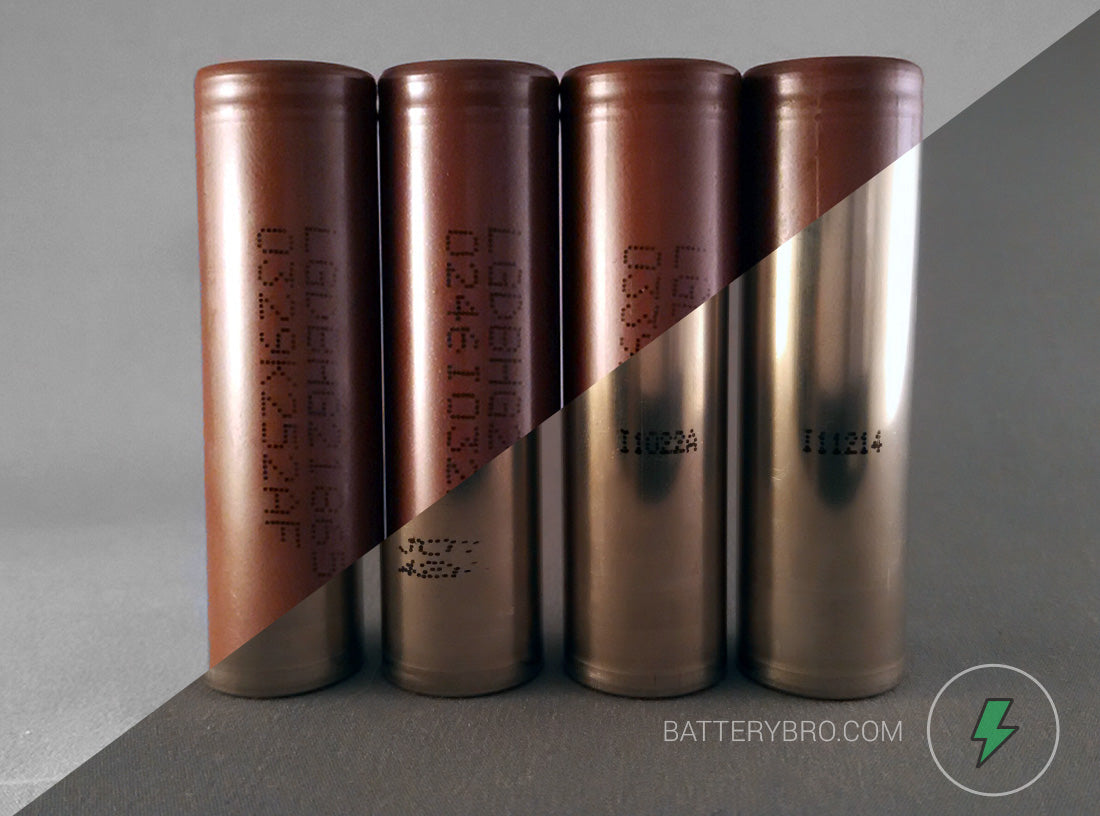
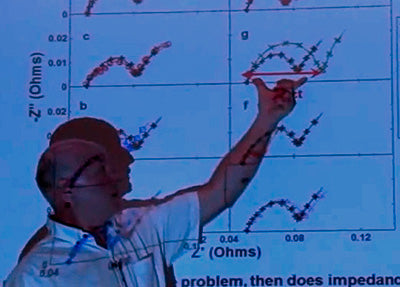
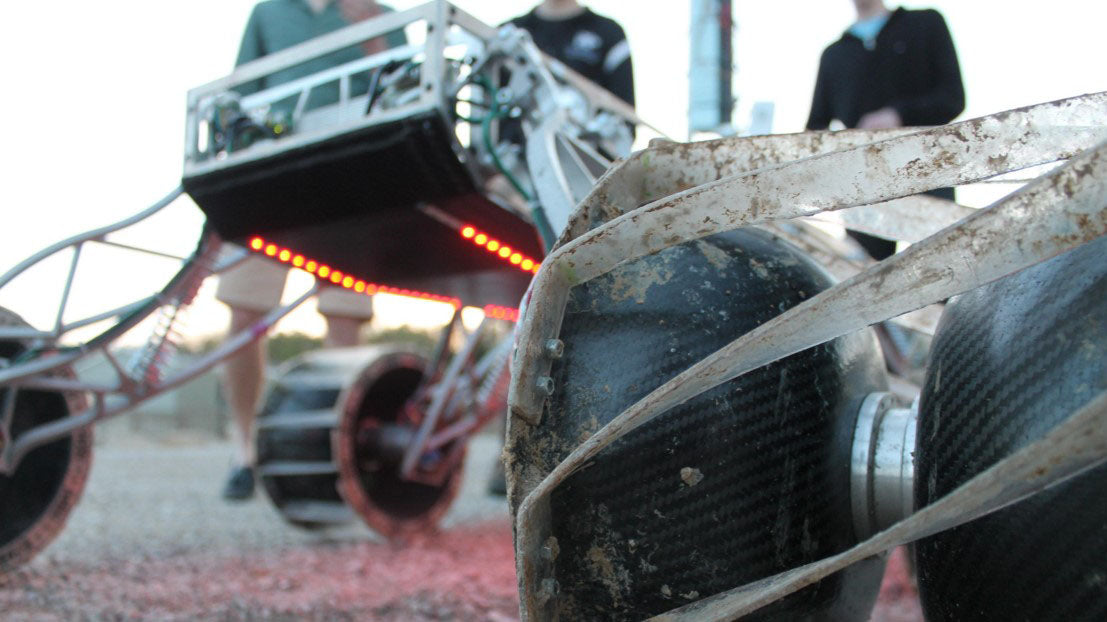


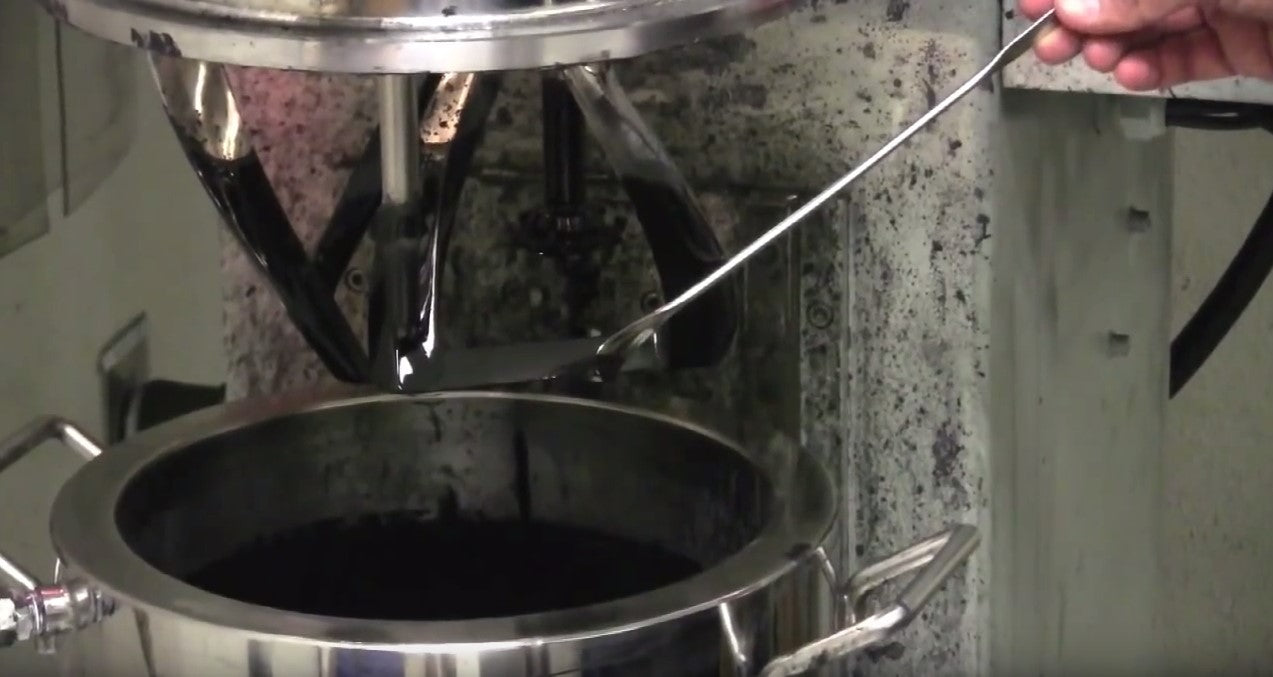
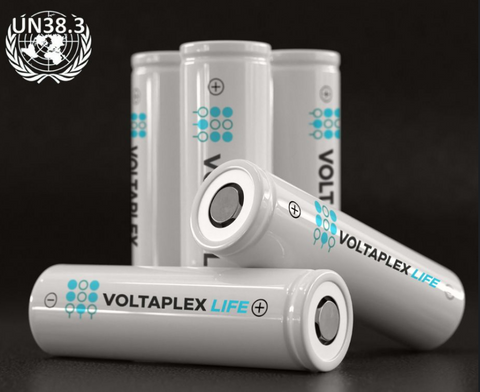

Comments
Ron/spinningmagnets on June 15 2015 at 03:06PM
missed a letter: story 4, “…This significantly huts their largest industry and costs them a lot of money….”